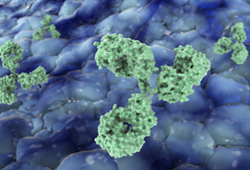As we previously reported, late last year the Pharmaceutical Research and Manufacturers of America (PhRMA) and Biotechnology Industry Organization (BIO) trade associations jointly submitted a Citizen Petition asking the FDA to impose stricter labeling requirements on biosimilar applicants. Last month, the Generic Pharmaceutical Association (GPhA) submitted a comment in opposition…







